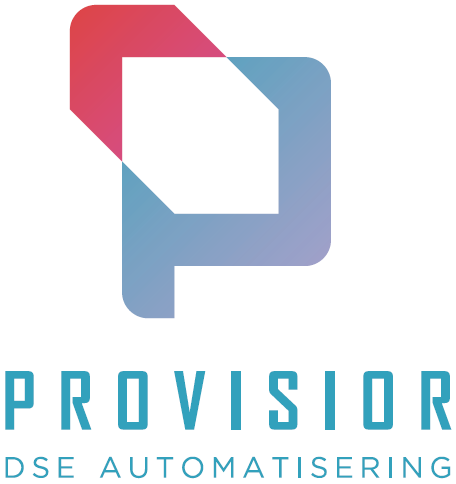About this blog
This blog is dedicated to the Provisior community. Although every client has it’s own infrastructure and needs for services they wish to offer to their end users, many tasks you can automate with Provisior can have its use case in many organizations. Are you, as a system administator, wondering how you can achieve certain things within Provisior, this will be your main source!
Here you will find tons of resources on different subjects. From basic “How to configure this and that”, “Examples of new features” until “Advanced PowerShell automation examples”, all of which can ultimately be offered to end users through our self-service portal.
About Provisior
Provisior is the web-based self service portal for end users and their managers for requesting, approving and auto-provisioning of IT-, HR- and Facility related services, without interference of the IT service desk.
Common features exist of employee on-/off-boarding (Identity and Access Management), user provisioning with digital workflows, automated standard requests (like password reset), automation platform with support for Active Directory management and Powershell, and many reporting and auditing feautures.
Website: https://www.provisior.com
Email: support@provisior.com
